Junkyard Find: 1989 Volvo 780 Turbo Bertone Coupe

I’ve documented quite a few discarded Volvos in this series, from the PV544 through the S60, and I never fail to stop and photograph a genuine Italo-Swedish Volvo Bertone Coupe. Here’s the latest, a 1989 780 in a Denver car graveyard over the summer.
Volvo developed a powerful reputation for sensible and safe cars by the 1970s, but few buyers looking for sporty or stylish machinery considered a trip to their local Volvo dealerships at that time. The 1800 sports car never got much of a foothold with that demographic, and so the suits in Göteborg decided to place a long-distance call to Turin, where Gruppo Bertone did its business. This led to the 1978-1981 262C Bertone Coupe, a genuinely odd-looking 200-Series Volvo with a chopped roofline and snazzy wood/leather interior.
Sales of the 262C never struck fear into BMW or Jaguar, but they weren’t nothing. When the new 700-Series Volvo arrived, another Göteborg-Turin discussion resulted in the 1986-1991 Volvo 780 Bertone Coupe.
The Bertone restyle and coupe-izing of the 760 incorporated a bit less madness than we saw with the 262C, with a more subdued chop job on the roof and somewhat BMW-ish lines all around.
This is the fifth thrown-away Volvo 780 I’ve found, after this ’88, this ’88, this ’89, and this ’91 (for 1991, this car was known as, simply, the Volvo Coupé).
For 1987 and 1988, American Volvo 780 buyers had one engine choice: a naturally-aspirated PRV V6, an engine best-known for powering the DeLorean DMC-12 (the V in PRV stood for Volvo, which developed the engine in partnership with Peugeot and Renault). That wasn’t much power for an alleged hot-rod European sports coupe, so Volvo added a turbocharged 2.3-liter turbocharged four-cylinder as an option starting in 1989 (and mandatory for 1991). That’s what this car has, rated at 175 horsepower.
As we all know, TURBO was a magical word during the 1980s, but Volvo was pretty restrained about applying badging with that word.
MSRP on this car was $38,975, or about $83,650 in 2020 dollars. A new 1989 BMW 635CSi went for $47,000, though the $29,950 325iS or $34,950 M3 probably enticed away more potential 780 buyers than did the E24 CocaineWagen.
No Swedish designers ever would have though to do wild upholstery like this in a staid 740 sedan.
This car was in decent condition when it arrived in the junkyard, despite some wear and tear on the wood and leather, but 780s just aren’t worth much these days and Volvo aficionados tend to go for earlier, boxier vehicles.
Just over 160,000 miles on the clock, and now it stops forever (unless someone buys this speedometer and swaps it into another car).
Let’s hope there are still some 780s roaming Japan.
For links to 2,000+ more Junkyard Finds, be sure to visit The Junkyard Home of the Murilee Martin Lifestyle Brand™.

Murilee Martin is the pen name of Phil Greden, a writer who has lived in Minnesota, California, Georgia and (now) Colorado. He has toiled at copywriting, technical writing, junkmail writing, fiction writing and now automotive writing. He has owned many terrible vehicles and some good ones. He spends a great deal of time in self-service junkyards. These days, he writes for publications including Autoweek, Autoblog, Hagerty, The Truth About Cars and Capital One.
More by Murilee Martin
Latest Car Reviews
Read moreLatest Product Reviews
Read moreRecent Comments
- ToolGuy There was a time when in a place called America there were roads, and they were paved, and they were paved smoothly enough for a vehicle like this. Perhaps our next President will bring back that concept.
- ToolGuy I suppose I will listen before commenting. (TG, what a fair-minded dude!)
- ToolGuy "The technology is much more advanced to be better than a role model driver,”• Do any of you know what a "role model driver" is? No, I guess you wouldn't. 😉
- ToolGuy I might be Batman.
- Lou_BC Well, I'd be impressed if this was in a ZR2. LOL



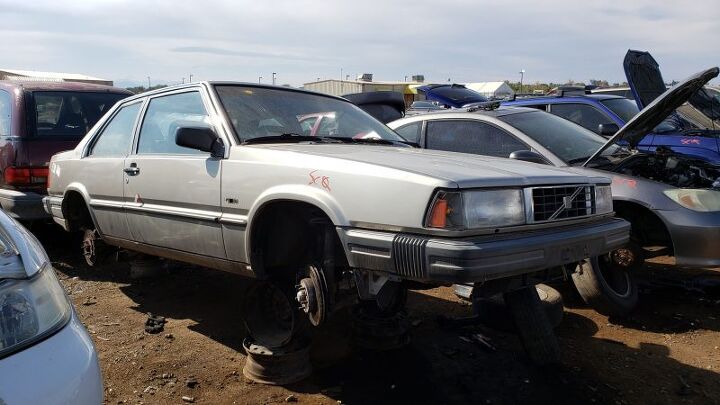

































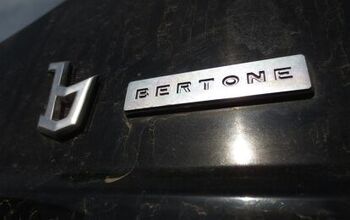
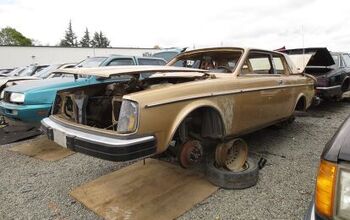


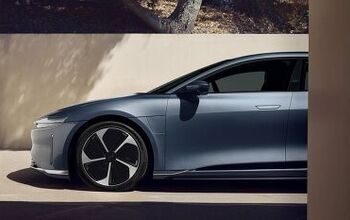



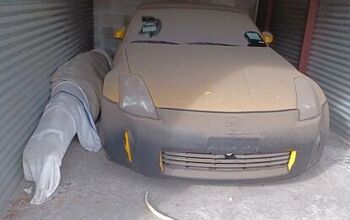
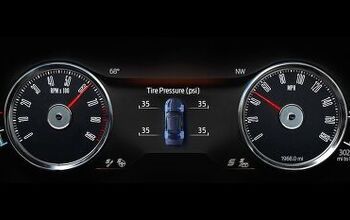

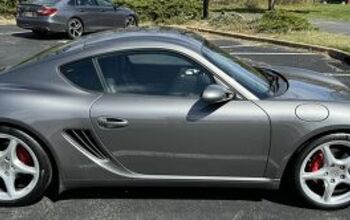
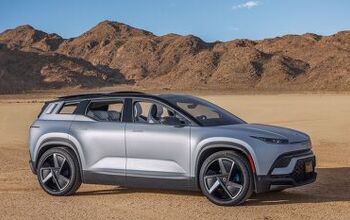
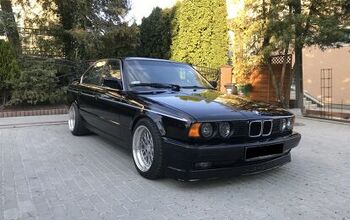


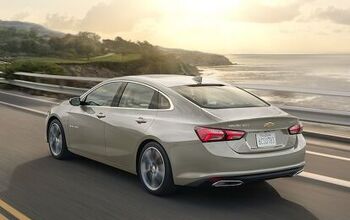
Comments
Join the conversation
Buying this Bertone in 1987 is the equivalent of showing up in a Taurus SHO, a Saleen whatever, an Altima SE-R, or something equally bizarre and awesome in an otherwise crowded field of other normal, but still awesome, vehicles. Somewhere out there is a guy willing to share the story of his decision making process to purchase a brand new 1987 Bertone Coupe. What other cars did he look at? What else did he test drive? How did he pull the trigger on the Bertone? What did his wife, his neighbors, his workmates think? Did he get thumbs up from enthusiasts as he drove around? Did anyone ask him about the car at the gas station?
-the Scott, B5 passat, GTI, hell even the Focus ST are anything but veggie burger. I like rwd as much as the next gear head but id much prefer a livable alternative to the miata and brz.